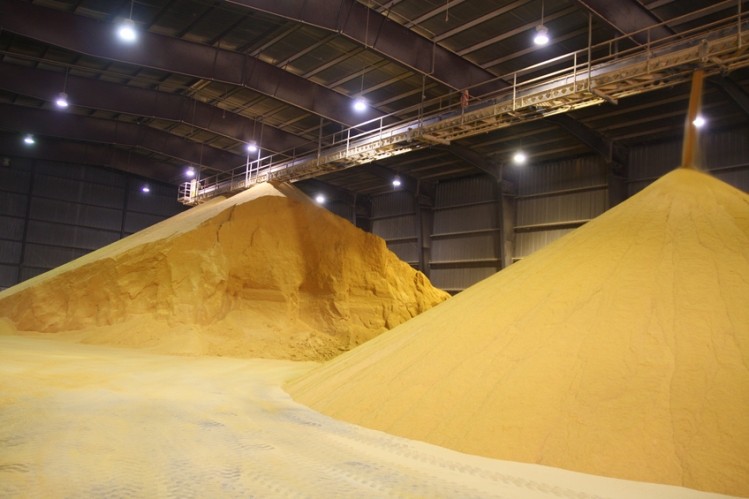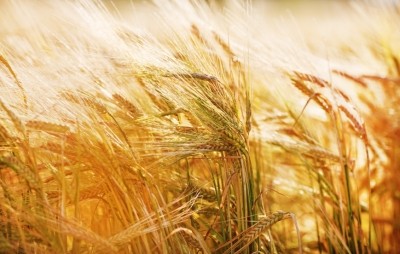Report has boosted UK industry confidence in distiller’s grains as feed source

The four-year ENBBIO study was funded by the UK government’s Department for Environment, Food & Rural Affairs (DEFRA), and backed by 25 industry and academic partners, including AB Vista Feed Ingredients, Evonik Industries, Marks and Spencer and Tulip.
The headline findings from the resulting 206-page report were that “DDGS as a co-product of the bioethanol industries could make a definite contribution to security of plant protein supplies for animal feed in the UK."
“This research project was simply examining the feasibility of using DDGS in animal feed in the UK and the answer is yes it can,” said Jon Bullock, spokesman for the Agriculture & Horticulture Development Board (AHDB), part of the consortium that led the project.
Michael Marsden, head of technical at AB Connect, the feed division of AB Agri, which participated in the project, told this publication: “There is no doubt that the ENBBIO work has given the feed industry the confidence to feed wheat DDGS to livestock at significant quantities, knowing that it is a safe and cost effective feed source that delivers good nutritional value and is able to reduce the use of soy across all species while maintaining performance.”
He said that in the UK, the majority of DDGS goes into ruminant diets, but that if the price is right, it will also fit into growing and finishing pig diets as well as laying hen diets, as supported by the ENBBIO study.
UK bioethanol capacity
There are two bioethanol plants in the UK that are producing DDGS as a co-product: Vivergo in Hull and Ensus in Teeside. The Vivergo plant has a capacity of up to 500,000 tons whilst the Ensus plant can produce up to 350,000 tons, and according to Marsden, there is plenty more scope for increasing the use of DDGS in feed formulations.
“Even though wheat distillers grains have eaten into soy usage in the UK, we still import more than two million tons of soy, so there is certainly potential to replace more of that soy with distillers grains,” he said.
However, whether or not the production capacity for distiller’s grain will increase hinges on how much ethanol the market can consume, driven by legislation that is currently under review.
Study findings
In the ENBBIO study, the suitability of DDGS for inclusion in non-ruminant feeds was assessed in nine trials carried out on poultry and pigs.
The poultry trials showed mixed results. For example, one trial found that birds fed with 5% wheat DDGS in the starter experienced an inferior FCR (feed conversion ratio), whilst a large-scale commercial broiler trial found that there was no difference in liveweight with DDGS, but a better FCR.
It was also observed that diets with DDGS were more expensive as a result of having to include higher levels of pure amino acids, but that cost/kg was lower and the production efficiency factor was higher.
“Wheat DDGS can be safely used in layer diets, in part substituting soy. Whether it is actually used or not will depend on the relative values of the product and other raw materials used in least cost formulated layer diets. At recent market values it would not feature in a typical layer diet,” concluded the report’s authors.
More encouraging results were recorded in pig trials, with 30% DDGS emerging as the optimum inclusion level for daily liveweight gain, FCR and slaughter weight.
“It can therefore be concluded that feeding pigs during the growing and finishing stages with up to 30% DDGS included in the diets is an acceptable level,” wrote the researchers.
In ruminant studies, the first dairy trial gave an apparent limitation of wheat DDGS inclusion of 20% of diet dry matter, but a subsequent study concluded that DDGS inclusion didn’t have any bearing on intake or performance. In beef cattle, inclusion levels of 12.5 and 30% wheat DDGS were found to support good performance levels.








